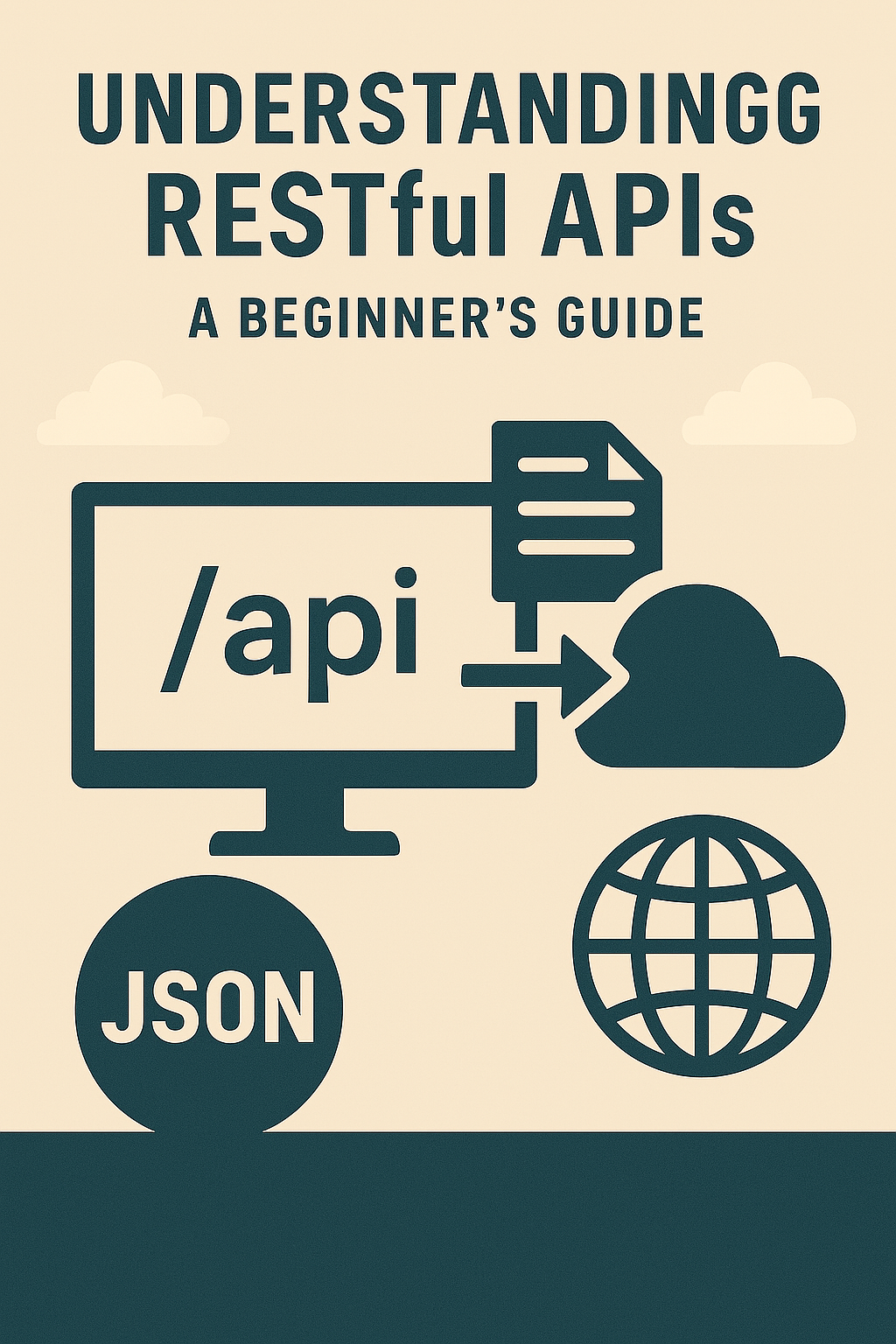Understanding RESTful APIs: A Beginner's Guide

In modern web development, APIs (Application Programming Interfaces) are fundamental for enabling communication between different software systems. RESTful APIs are a popular style for designing web APIs. This guide will provide a beginner-friendly introduction to understanding what RESTful APIs are and how they work.
What is an API?
An API is a set of rules and protocols that allows different software applications to communicate with each other. Think of it as a menu in a restaurant – it lists what you can order (the available functions) and how to order it (the parameters and format).
What is REST?
REST (Representational State Transfer) is an architectural style for designing networked applications. RESTful APIs adhere to a set of constraints, including using a client-server architecture, being stateless, cacheable, and using a uniform interface.
Key Concepts of RESTful APIs
Key concepts include Resources (data or objects), URIs (Uniform Resource Identifiers) to identify resources, and HTTP methods (GET, POST, PUT, DELETE) to perform actions on resources.
How RESTful APIs Work
Clients make requests to specific URIs using HTTP methods. The server processes the request and returns a response, typically in a format like JSON or XML, representing the state of the requested resource.
Understanding RESTful APIs is crucial for anyone working with web services and building modern applications that interact with other systems.